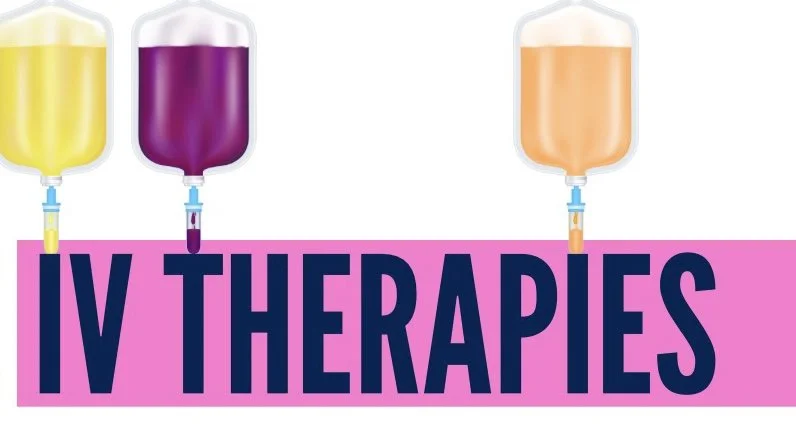Are IV Therapies useful for nutrition intake?
What does IV stand for?
IV is the acronym for intravenous which is a method of administering fluid (medication, blood or nutrients) through someone’s vein.
If you’ve got your finger on the pulse in the health and wellness space, you may be seeing more and more IV therapy practices popping up. It’s a growing trend with health claims ranging from immune boosting to improving hormones and eliminating toxins (words pulled directly from a IV Therapy website). These are some wild claims that are far from being able to be substantiated. What they likely will do is increase hydration levels and slightly increase some circulating nutrients (more on this later).
To note before we get too deep in this article, this has nothing to do with the absolutely necessary use of IVs (or Peripheral Intravenous Catheters) in a hospital or outpatient setting for patients who are sick or in need of health management under clinical supervision.
This is an insight into the idea of getting nutrients infused intravenously for the sake of nutrients.
The theory behind injecting vitamins-
In the wellbeing space, there will always be a new product to try to manipulate the way we understand health in order to make money and IV Therapy falls in this category. It’s new, it’s a different mode of delivery and some celebrities are doing it. I really can’t see (or hope I don’t see) this trend becomes too main stream or lasting the next 10 years. The concept of more circulating vitamins definitely sounds like a great thing to have for our bodies, and it is! It’s just the added risks associated with this method of delivery when taking a range of healthy foods orally is a much easier (and cheaper) option.
In Australia, 95% of adults do not get their daily serves of fruit and vegetables. From a nutrition and a public health perspective, this will always be the first port of call. If you aren’t getting your 2 and 5 from fruit and veg respectively, you shouldn’t be looking to up your intake through IV methods. If you ARE getting your 2 and 5 week in-week out, the argument would be you’re likely not deficient and you don’t need an IV method. Obviously there is nuance to this and more specific individual tailored advice but generally speaking, this would be the trend.
The current issues with IV therapy-
The IV therapy industry is not regulated at this stage
Health practitioners currently warn against its use
Registered health practitioners who administer it may come under further inquiries
People have died and been admitted to hospital after visiting IV therapy clinics
It’s an expensive alternative to a standard healthy diet with the same nutrients ($90-$400+ per visit)
Unless you are deficient, it’s likely most of what’s injected will pass through your urine in the coming 24 hours
IV nutrients are singular or coupled in small groups which discounts the benefits of other nutrient dense foods.
It’s much riskier than just eating food (haematoma, thrombophlebitis and underlying health conditions)
It’s the most expensive hangover cure you’ll find. Drink a hydralyte
Some pros-
It will slightly increase the levels of some limited nutrients for a short period of your day
You’ll likely feel good for a few hours post IV (similar to an adequate hydration plan)
It looks cool on social media until your friends read this article
Bottom line- IV therapy for nutrition intake is a riskier, more expensive way to take in nutrients. Spend that few hundred dollars on some good quality fruit and vegetables or visiting a health professional like a Dietitian.

